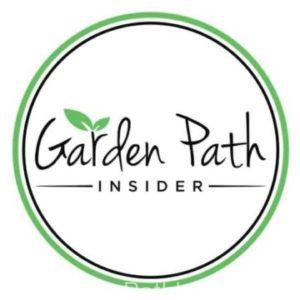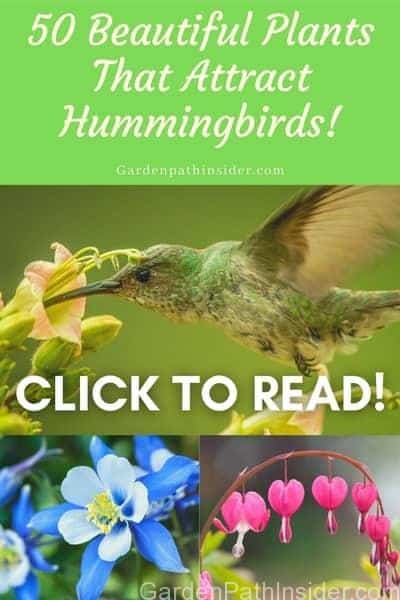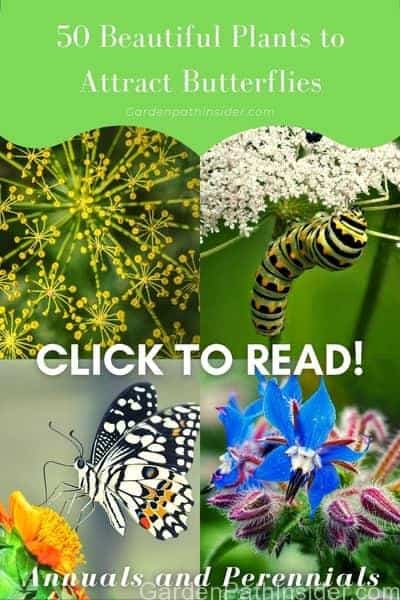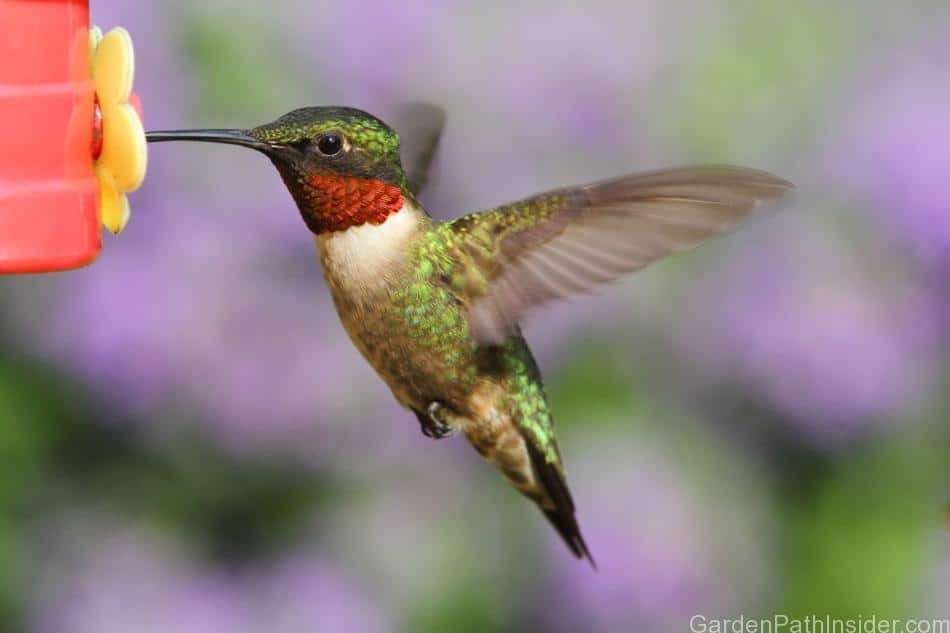
Hummingbirds are beautiful birds that skillfully consume nectar from flowers in bloom and special hummingbird feeders. These small birds help to pollinate flowers while bringing a touch of magic to any garden.
Hummingbirds excrete semi-solid waste called diurnal which contains both feces and urine. Hummingbirds tend not to poop in their nests resulting in a significantly reduced chance of hummingbirds containing salmonella. However, hummingbirds do poop around feeders when they are feeding. Nectar feeders should not be placed near seating and dining areas.
Hummingbirds add a wonderfully unique experience to any garden. Successfully incorporating hummingbird feeders into your garden is easy and will provide a safe environment for the hummingbirds and a clean experience for your friends and family to enjoy your garden. With a few precautions taken, you can create a hummingbird garden that the hummingbirds will return to each ear.
Choosing the Best Location for Your Hummingbird Feeder
Hummingbirds defecate while flying and rarely in their nests. So, you can bet that any chair or table under a hummingbird feeder is susceptible to getting covered in hummingbird poop.
For the wellbeing of all in the garden, it is best to strategically place your hummingbird feeders in safe bird-friendly areas of your garden.
Preferred Locations for Hummingbird Feeders
Place your hummingbird feeder in a location several feet off the ground. This could be at the top of a pole or post in your yard or hanging from a hook on the side of your home.
One note on hanging hummingbird feeders on or close to your home is the concern of attracting ants and other sugar-seeking insects and rodents. This is something to keep in mind when hanging the feeders over a porch or near a window that may be kept open in the summertime.
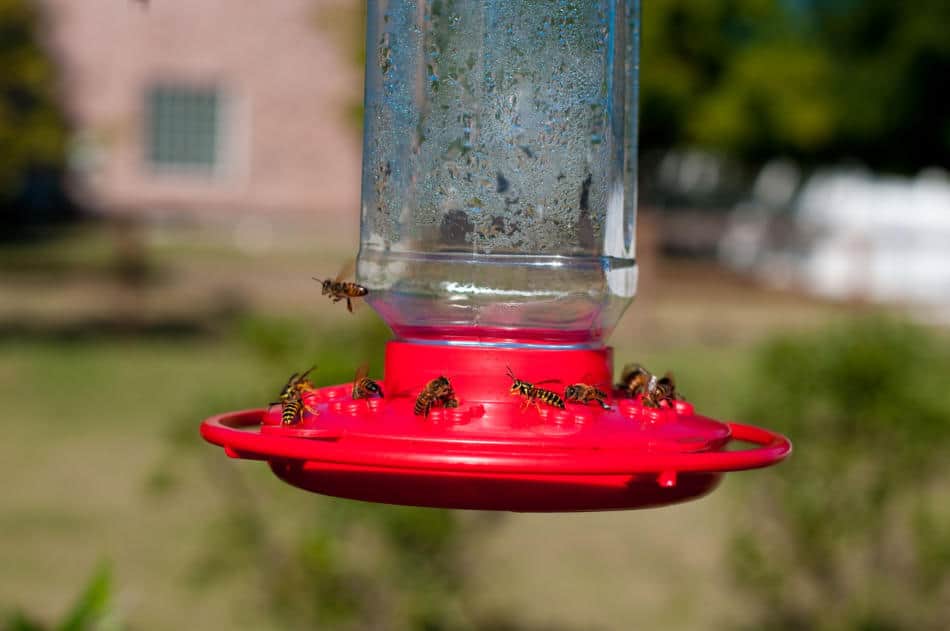
Our garden has hummingbird feeders placed in garden beds that are away from the house. The garden beds are filled with flowers and shrubs that hummingbirds love to feed on and nest in, making the feeders extremely convenient for the tiny birds to supplement their nectar intake.
Hummingbirds do not like to visit feeders that are too low to the ground, as this makes the small birds vulnerable to predators. Placing feeders directly on tables or patio walls is not recommended as other animals will take advantage of the low placed nectar feeders.
If you have returning hummingbirds or hummingbird nests that develop during the season, you can add a feeder close by to help the new hummingbird mother feed her baby chicks, The mother will stay close to the nest when the chicks are young, sometimes feeding solely on arthropods if flowers or feeders are not close by.
Read more here on the interesting feeding habits of hummingbirds. This article by Robert D. Montgomerie and Catherine A. Redsell details these interesting feeding habits.
Locations to Avoid for Hummingbird Feeders
If you live in a hot climate try placing your hummingbird feeder in an area of your garden that gets partial shade in the hottest times of the day. This will provide the hummingbirds some respite from the heat and better preserve the consistency of the nectar from evaporating in the direct hot sun.
Choose the Right Feeder for Your Yard
Hanging a hummingbird feeder in your yard will attract more than just hummingbirds. Choosing the right feeder will help to deter pesky garden critters from drinking the hummingbird nectar.
Squirrels, chipmunks, ants, and other insects will also be attracted to the sweet sugar water nectar that the hummingbirds are after. Below are the features I prefer for my hummingbird feeders.
Hanging Feeders
The hanging varieties of hummingbird feeders are my preferred style over the tray-style feeders with suction cup attachments.
Hanging feeders offer a variety of benefits for the hummingbirds and the humans maintaining and enjoying the hummingbird visitors. The height off the ground will invite hummingbirds without the fear of flying low to the ground near potential predators.
Additionally, the hanging feeder suspended from a pole will keep squirrels and other species of birds away as the hanging feeders have small perches for the hummingbirds and special drinking ports for their long slender beaks and tongue.
Most hanging feeders have multiple drinking ports providing the hummingbird’s several spots to feed, reducing the territorial aggression between the birds.
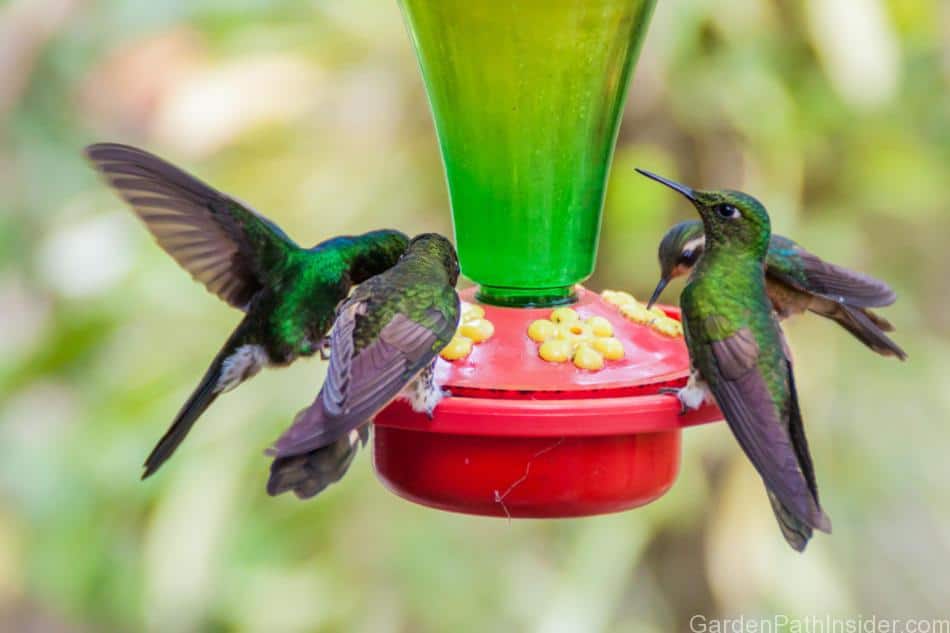
Over the seasons I’ve added a few feeders around the yard to accommodate the growing number of birds. Multiple feeders have reduced the aggression between the hummingbirds, though it is also important to maintain consistent replenishment of the feeders.
Once hummingbirds find a feeder, they will stay close for the season and build a nest nearby. Hummingbirds return to the same nest the following season and can lay multiple clutches of one to two eggs in a season. With a consistent supply of nectar, I’ve seen the hummingbird population grow and thrive larger and larger each season.
Tray Feeders
There is another style of hummingbird feeder I tend to stay away from, their traylike feeders that stick to a window. I have noticed these attract more animals than just hummingbirds, also I am hesitant to place a dish of sugar water on a window of my home, and possibly attracting ants and other insects to the feeder and potentially into my home.
Avoid yellow as it can attract hornets and wasps. However, the color Red is not believed to attract hornets or wasps, which is why so many feeders for hummingbirds are red. Hummingbirds will feed at a feeder regardless of the color, and some flying insects will still inevitably find the sweet nectar. However, the right colors will significantly reduce the number of pesky insects around a feeder.
For more information on the hummingbird feeders we have used and love, check out our favorite hummingbird feeders Here.
How Do Hummingbirds Know You Have a Feeder?
Hummingbirds visit hundreds of flowers each day in the eternal search for nectar. If you place your feeder on a high poll or post in the center of your garden the birds will eventually find it and make it a frequent stop. Hummingbirds will also return to the same nests each season if it has not been disturbed, so once a single hummingbird has found your feeder you can rest easy knowing more are soon to follow.
With a consistent supply of nectar to supplement their diet, the hummingbirds will also be able to lay more clutches of eggs each season, continuing to build a thriving hummingbird community.
Location! Location! Location!
One method I’ve used to attract hummingbirds is to place a birdbath in my yard close to my hummingbird feeders. I’ve found it’s easier for the birds to find the running water of the birdbath, then once they are done in the water they usually find a feeder nearby.
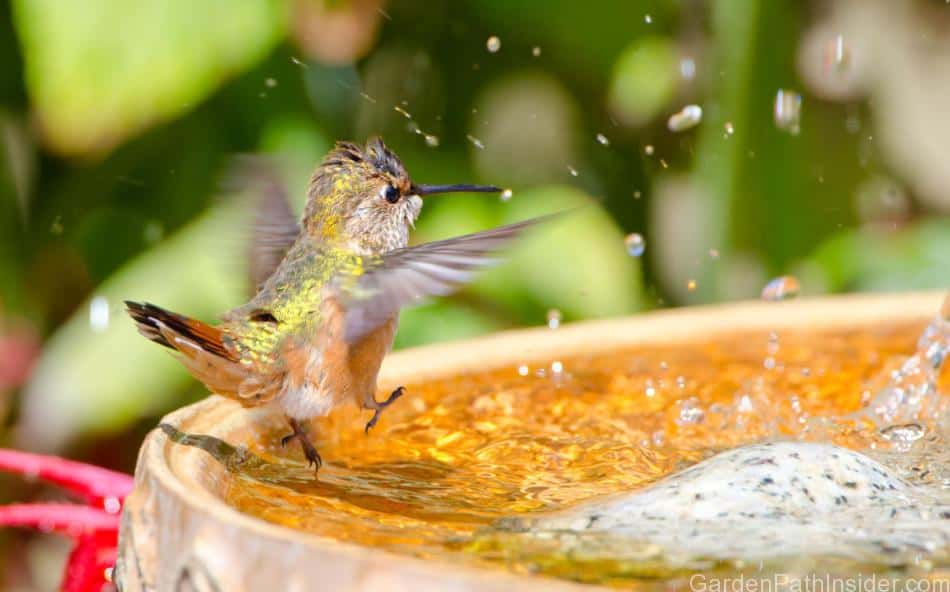
What to Feed Hummingbirds to Reduce Their Poops
Red die is not needed for the hummingbirds to be attracted to your feeder. The birds will find the food without any assistance of added food color. The best way to keep hummingbird poop off your belongings is to place the feeder away from any outdoor living area.
Are Hummingbird Feeders Bad for Birds?
Hummingbird feeders are designed specifically for the long beak and tongue of the hummingbird. At best other birds can only get to drops of nectar that may have spilled out accidentally.
Though shaking the feeder or swinging on the feeder may make additional nectar drip from the drinking ports, it does not hurt other species of birds.
Additionally, I have not seen any negative effects of actually feeding the hummingbirds. In fact, the hummingbirds drink the nectar from the feeders as a supplement to their diet, as they still drink from flowers and eat small insects flying around the garden.
In some regions of the United States like the west coast and the pacific northwest, many species of hummingbirds will overwinter and not migrate to warmer climates.
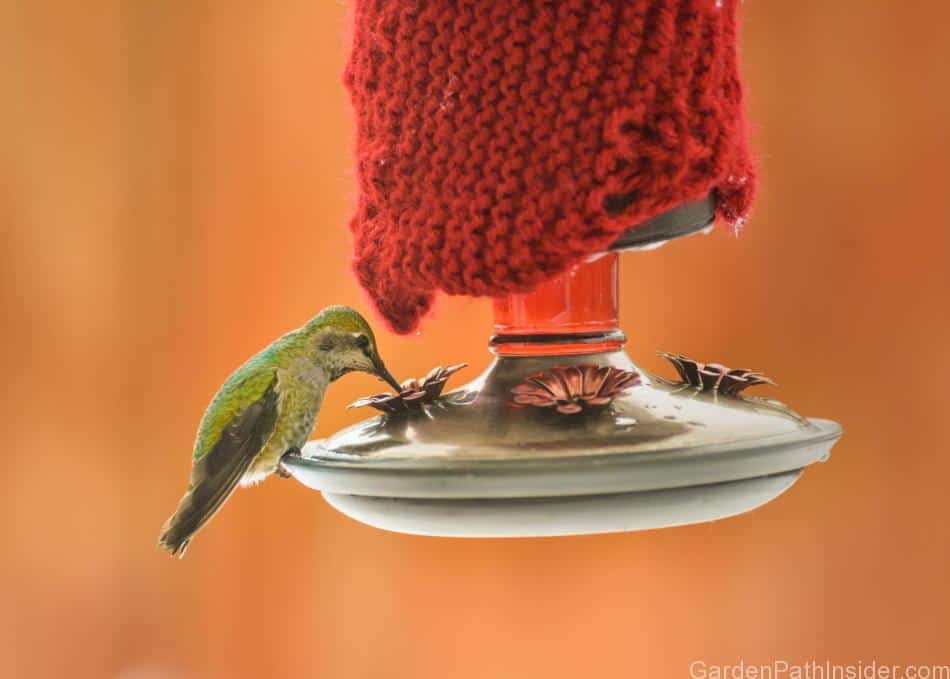
Do Hummingbirds Recognize Humans?
Anecdotally I will say that hummingbirds recognize humans, as I see the same birds flying by my window or buzzing in front of me when a feeder has run out of nectar. Even as I am hanging the freshly filled feeder the birds will swarm around me and the feeder, impatiently waiting for me to hang the feeder.
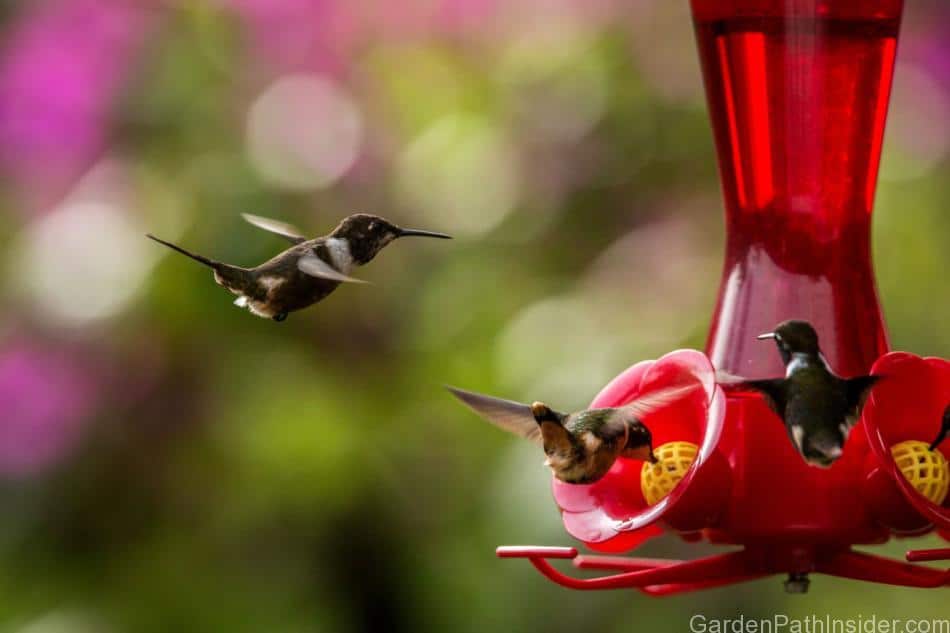
Cover image: Male Ruby-throated Hummingbird (archilochus colubris)_© Steve Byland/123rf.com
